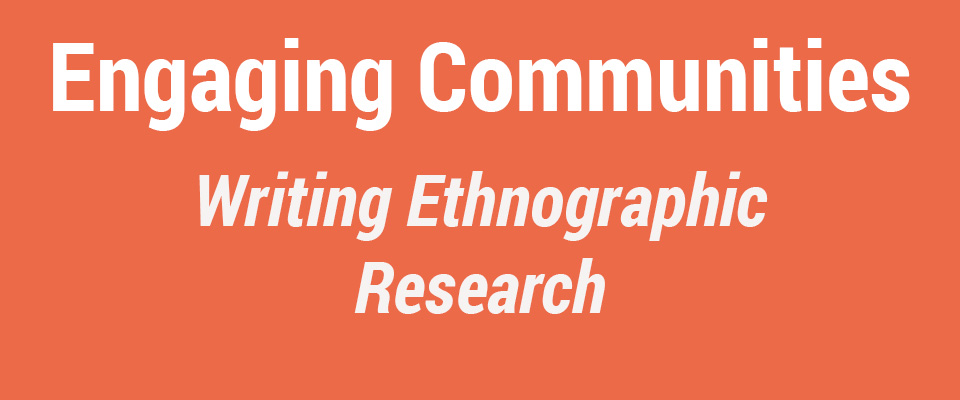Often, students begin the writing process without ever thinking about a potential audience. The focus is only on completion of the task, the crafting of a piece of writing that fulfills the requirements of the assignment. Whether or not the piece is interesting or accessible is often beyond consideration. This makes a kind of sense given that most all essays for class are only read by the instructor and, often, whatever a students may be writing about has already been written about many times before. The impact of the writing is limited and, therefore, only understood in a very narrow sense: what I need to do in order to achieve in this class.
Certainly, you have a similar goal here: writing what you need to in order to achieve in this class at the level you desire. However, the authors of this text also know that students become more engaged with their writing, more invested in the crafting of prose, when they believe that their words are relevant. Our goal is to have each student treat this project as if it matters not only to themselves, but to a larger academic conversation. The idea is that your writing should matter so much that you work to engage the reader from the very beginning, using evocative, thoughtful prose in order to create a visceral connection between the reader and the audience. Having writing matter just because it might reach a huge audience is often beside the point. Much of what is written in academia has a limited audience at best. But the power and point of a piece can resonate far beyond the page when the author connects with the material and works to inspire anyone who may read the text to engage with the text, to participate in conversation and think about how these ideas impact knowledge.
The actual crafting of prose—conscious writing—depends upon feeling interested in and connected with the research focus. This is why you began this process with a personal connection to your research site. In addition, participant-observation and the writing of fieldnotes creates a bodily relationship with the research process and invites you to begin writing about you research project in a focused way long before the first draft of their essay is due. These aspects of the ethnographic writing process make involvement accessible.
Rather than thinking about your introduction in the shape of a funnel, working toward a thesis statement, consider what it would mean to really get the reader hooked.  What if your introduction were a kind of “opening scene†for your essay? Think about how an opening scene of a film sets the tone for whole movie —-the colors, the texture, the music, the character details. The introduction to your essay is your opening scene and it provides room for you to write in a more open and creative style than you may think is usually associated with “academic†writing. Use this first bit of writing to make your research come alive and prepare your readers for what you will share with them in the rest of the essay.
You have done quite a bit of rereading of your fieldnotes to get to this point in the development of your essay, but as you build your introduction, return to your fieldnotes once again. This time, as you read through your notes, look for a particular moment, event, or idea that connects to your focus. Is there a particular compelling detailed moment or can you pull together a compilation of detailed moments to set the scene for your essay? Your goal in the introduction is to reach out to your readers, to pull them into the experience of your site, and to make them want to know more about it.
Work from your fieldnotes to re-make a story, to turn it into a creative piece of nonfiction as a way of engaging the reader.

